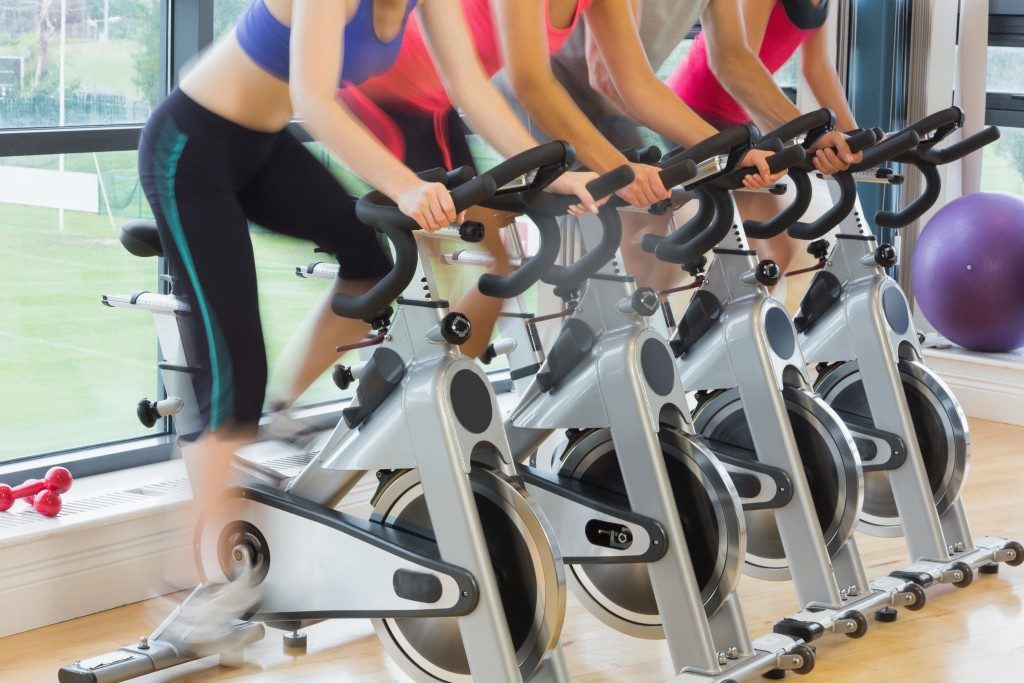The appropriate exercise regimen can help you better your diabetes and live a more active and healthier lifestyle. It will help you not only control your blood sugar levels but also lower your risk of developing long-term complications from diabetes like heart disease. It will also boost your insulin sensitivity.
But what kind of exercises is ideal for someone with diabetes? According to the American Diabetes Association (ADA), low-impact exercises are best because these provide all the benefits exercise provides and help prevent trauma and injury that could occur with running or other high-impact exercises.
With that in mind, below are low-impact exercises that will maximize your overall health.
Walking Is the Gentlest Exercise
Walking involves significantly less impact than running because when you walk, one of your feet always stays on the ground. When starting, increase the number of steps you take week by week to avoid unnecessary aches and pains. You can also get used to walking by pacing back and forth when talking on your mobile phone or taking the stairs whenever possible.
Tai Chi and Yoga for Increased Flexibility
Yoga and tai chi are gentle practices that involve meditation and the use of body weight for strengthening your entire body to boost flexibility, stability, balance, mobility, and coordination. Make sure to have a doctor or sports medicine specialist in Suwanee, GA to assess your condition and your joint issues, if any, to ensure that your body is up for the more challenging moves. The important thing is to start slow.
Indoor Bicycling for Balance Issues
Indoor cycling can boost lean muscle mass and strength in your lower body as well as your heart health without the risk of falling. Begin working out on a recumbent bicycle, moving to upright bicycles as you get stronger and more confident.
Strength Training for Regulating Blood Sugar

Studies have shown that having more lean muscles or body mass will help you better control your blood sugar and boost your glucose uptake. The main thing to remember with strength training is to start light, do all lifting moves in proper form, and then work your way up towards heavier weights. Work with a personal trainer to help you build a program specific to your goals.
Swimming for Achy Joints
This is the best exercise for anyone with health issues because swimming and pool exercises, such as water aerobics, are zero-impact exercises. Studies indicate that older adults and those with joint issues benefit significantly from pool exercises by minimizing joint stiffness and pain, while increasing muscle function and strength.
Elliptical, Rower Training, and Stair Climber for Cardio
The ADA recommends that individuals with diabetes take a minimum of 30 minutes of low to moderately intense cardio exercises five days a week. Rowers, stair climbers, and ellipticals are all excellent ways to do cardio without the high impact.
Don’t forget to consult your doctor before starting a workout program. And always remember to start slow and then increase the intensity and length of your workout routine gradually.



